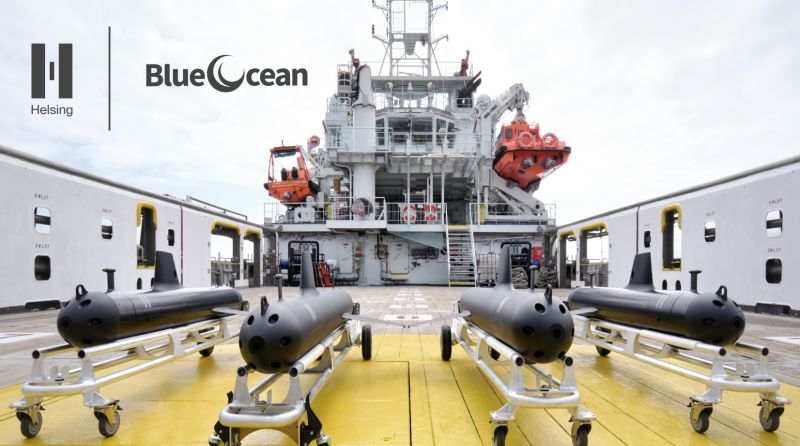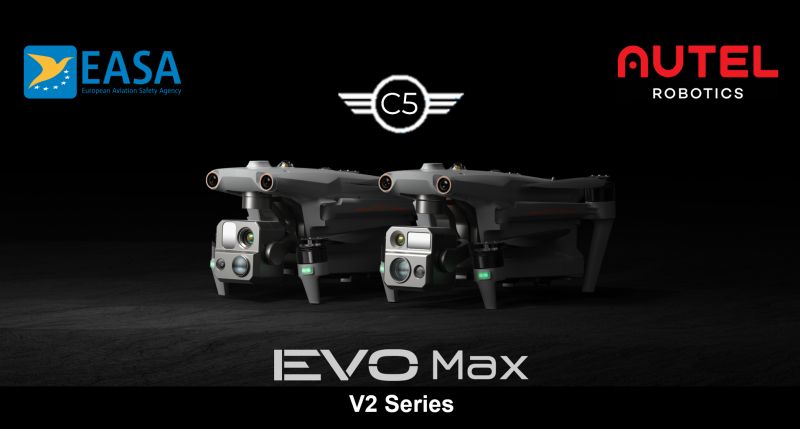Feima Robotics P300: A New Standard in Fixed-Wing Surveillance
.jpg)
The Feima Robotics P300 emerges as a standout platform in aerial surveillance, marrying endurance, flexibility, and intelligent autonomy. Designed for real-time monitoring over large areas, the P300 is built for professionals—from law enforcement and border patrol to environmental and infrastructure monitoring—who demand reliable, high-performance UAV operations.
What Makes the P300 Unique
- Dual Payload Versatility
The P300 can carry both high-definition visible video (1080p @ 60 fps with optical zoom) and thermal imaging sensors. This lets it handle daylight and low-visibility tasks without swapping aircraft. - Elevated Navigation & Positional Accuracy
It has redundant attitude sensors, dual-frequency GNSS (GPS, GLONASS, BeiDou etc.), and supports PPK (post-processing kinematics) so it achieves very high location precision — useful for mapping, surveying, and applications where every metre matters. - Operations in Challenging Environments
Able to hover or maintain stability even when satellite navigation is compromised, and equipped with emergency safety systems like a parachute. If communications are lost or flight parameters go awry, it can auto-return or deploy safety measures. - Secure, Long-Duration Missions
Strong communication encryption options, reliable streaming, and large data storage make it suitable for continuous use, sensitive missions, and operations where data integrity is crucial.
Key Features & Capabilities
- Fixed-wing design: Optimized for long range and longer flight times compared to rotors.
- High-quality video payload: Full HD (1920×1080) at 60 fps, with optical zoom (10×), able to store up to ~7.5 GB/h.
- Thermal imaging option: Uncooled thermal sensor (640×512) for low-visibility, heat-signature detection.
- Oblique & photogrammetric payloads: Multiple lens options, including Sony RX0 and RX1R II bodies, enabling high-res imagery, even mapping with centimetre-level ground sample distance.
- Reliable flight control: GPS/INS dual frequency, full satellite positioning (GPS, GLONASS, BeiDou), PPK positioning for centimetre precision. Flight attitude redundancy, automatic safety features.
- Safety & redundancy: Features such as emergency parachute deployment, automatic return in communications failure or abnormal flight conditions. In GPS-denied environments, the P300 can hover or maintain position.
- Modular, user-friendly hardware: Interchangeable payload trays, fast wing/winglet assembly, smart and hot-swappable battery system.
Applications & Advantages
The P300 is suited for any operation needing sustained aerial surveillance across wide swaths, especially where mobility, endurance, and image detail are crucial. Example uses include:
- Public safety & policing: Crowd monitoring, perimeter security, search & rescue.
- Border & maritime patrol: Long flight times and reliable transmission are essential for remote frontiers.
- Infrastructure inspection: Power lines, pipelines, railways—especially over long, linear features.
- Environmental & wildlife monitoring: Thermal cameras and photogrammetric kits allow detecting heat, mapping terrain, or counting wildlife.
Because of its parachute and return-home features, the P300 is safer in unpredictable field conditions. Its modular design means operators can equip the aircraft for the mission at hand without major re-engineering.
What Sets It Apart
- Single-operator usability: Designed so one person can deploy, fly, and land safely with minimal extra support.
- Strong safety architecture: Encrypted links, backup sensors, automatic failsafe behaviors.
- Flexibility via modular payloads and swappable components: Lower logistical load and better mission adaptability.
- Ground software & cloud ecosystem: Feima Monitor platform handles data, device health, firmware updates—making fleet management smoother.
Considerations & Outlook
- While fixed‐wing platforms offer endurance, they require runways (or suitable launch/landing zones) and are less maneuverable in tight spaces compared to multicopters.
- Thermal imaging resolution, while good, may lag behind some newer sensors in detecting finer heat signatures, depending on distance.
- Regulatory weather and line-of-sight restrictions may still limit operational envelope depending on region.
Overall, the Feima P300 stands out for bridging power, safety, and adaptability. For agencies or organizations needing persistent observation with rich data output, it sets a strong benchmark.



.jpg)